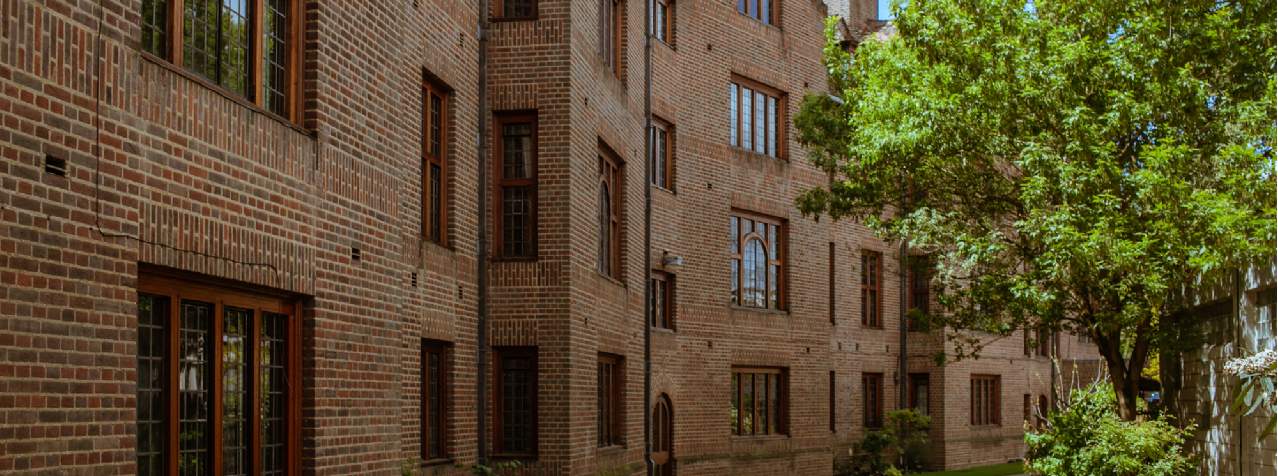The higher education sector will in the next few years see the collision of various pressure points when it comes to delivering sustainable campuses. Only a few years back an organisation could be seen to be ahead of the game if it had strong sustainability governance, a plan that covered energy reduction projects and future carbon targets. However the goalposts have since moved.
Now, ambitions are firmly set on accelerated net zero targets, for all three scopes where possible, in line with what is set out in the Paris Agreement. In other words, scopes one and two must be net zero by 2030, while scope three emissions must be reduced by 50 per cent in the same time period.
What’s more, considering the tone of the latest Intergovernmental Panel on Climate Change (IPCC) report, it is likely that students and other key higher education stake holders will be calling for greater action towards these net zero ambitions.
The problem is, however, that this is particularly challenging to achieve when considering the funding landscape. The shortfall can largely be attributed to the pandemic, which has led to uncertainties when planning student numbers, something that had already been impacted by Brexit. Ultimately cost savings will need to be maximised.
Investing in low carbon infrastructure, goods and services will also have to align with post-pandemic building management requirements including increased ventilation, potential redundancy of space and hybrid ways of working.
In June this year a joint letter by the National Union of Students and collaborators called for increased funding to enable educational buildings to become net zero by 2030. Yet, there is clear evidence that demand exceeds what funding is currently accessible.
For example, the last Salix funding round (the loan mechanism to provide interest-free government funding to the public sector to improve energy efficiency, reduce carbon emissions and lower energy bills) closed after less than a week. Having received bids worth £150 million, higher education was allocated slightly over £39 million. Additional funding has since opened and closed, proving that more money is still needed to make the required changes.
Despite the challenges ahead, progress is being made. It has now been a year since King's College in Cambridge converted one of its lawns into a biodiverse wildflower meadow, which fits in with the draft proposal by the UN for a Paris-style Global Biodiversity framework, with a call to action to enhance and protect green spaces.
Other initiatives include pursuing building certifications for campus developments (however, these alone don’t guarantee net zero status) and also adjusting financial mechanisms so that long-term operating expenditure can be factored into real estate projects, taking into account life cycle perspectives. This is starting to happen as more developers become au fait with net zero concepts.
There are positive signs of sustainability being embraced at all levels of campus management, but more needs to be done in a short space of time in order to hit 2030 targets.

.jpg)







.jpg)
.jpg)